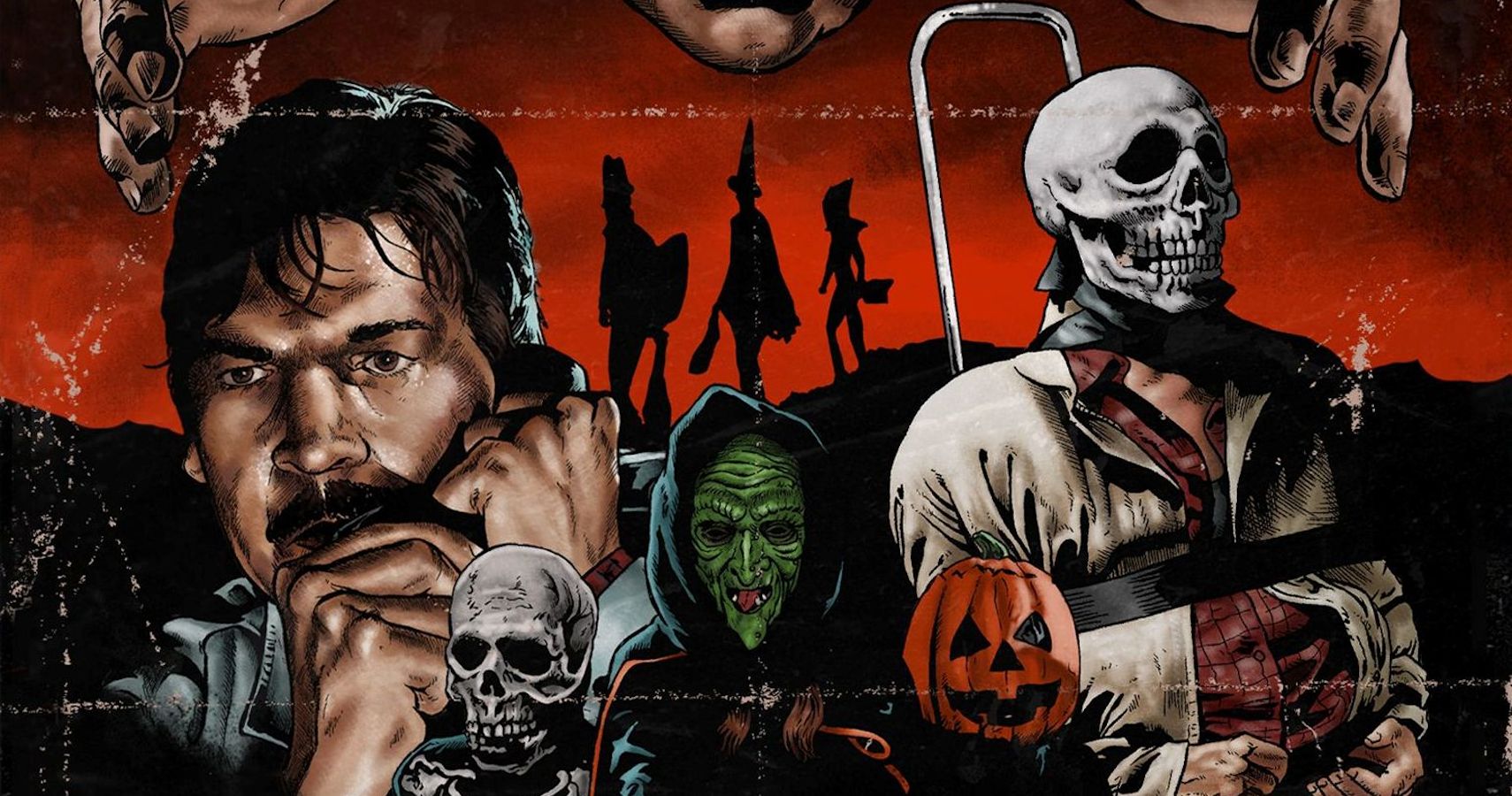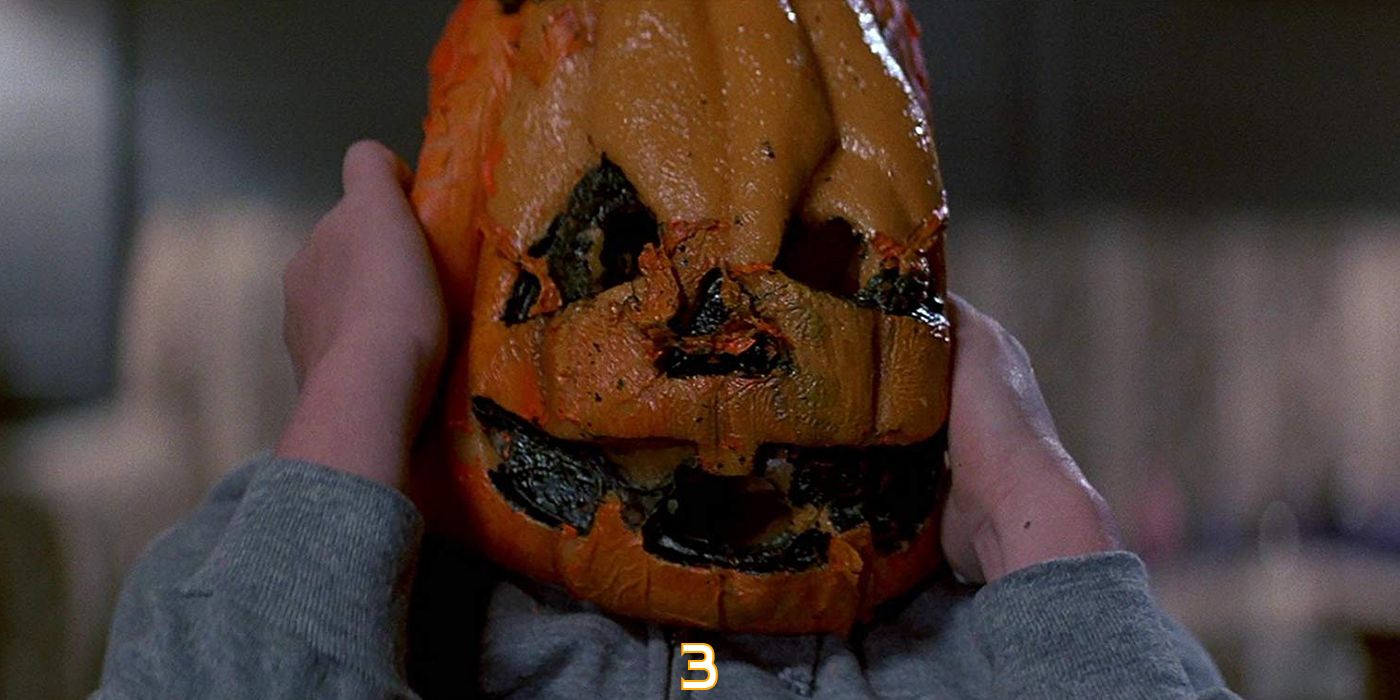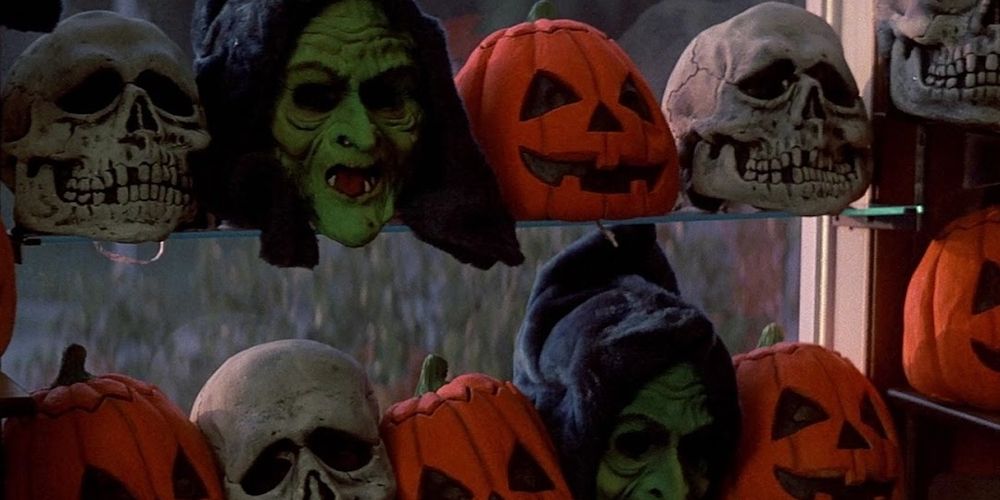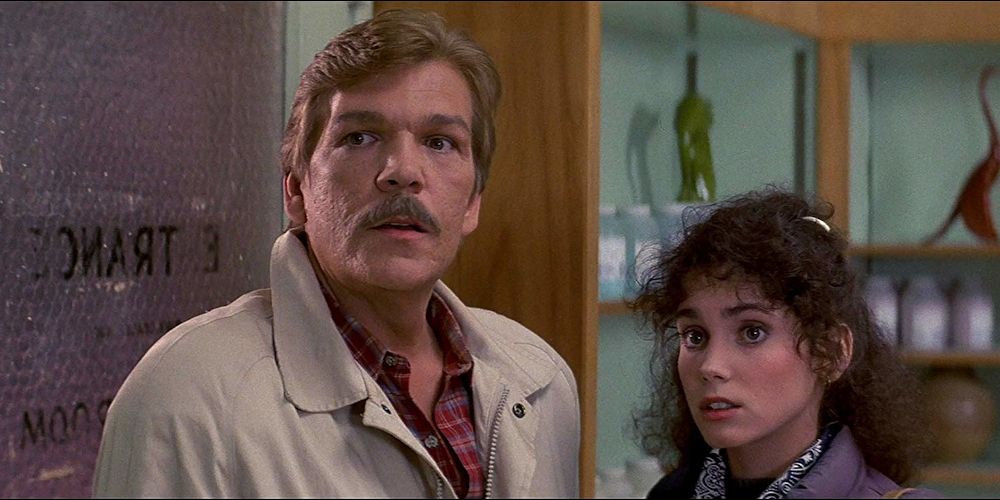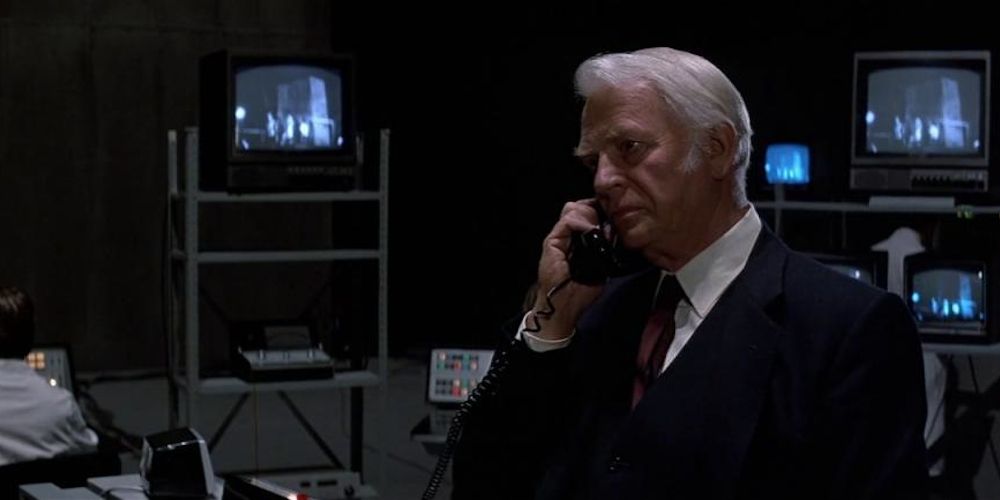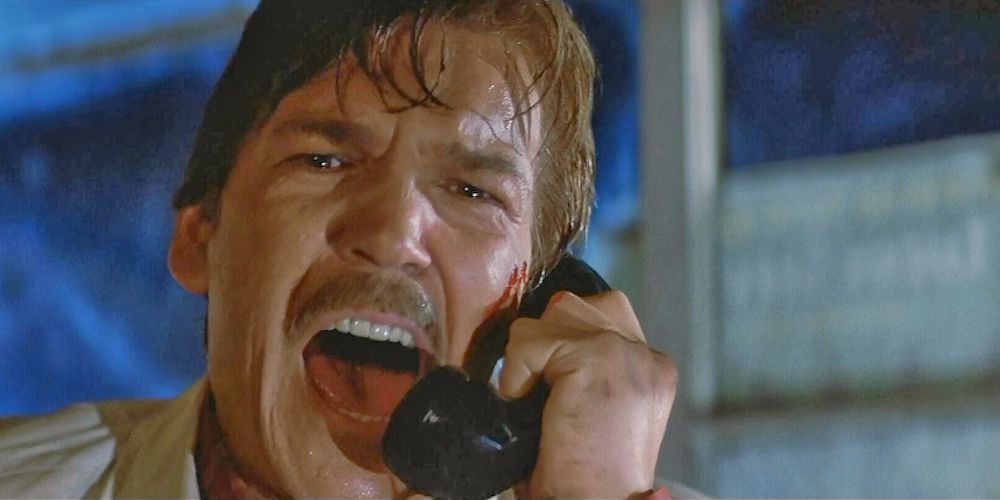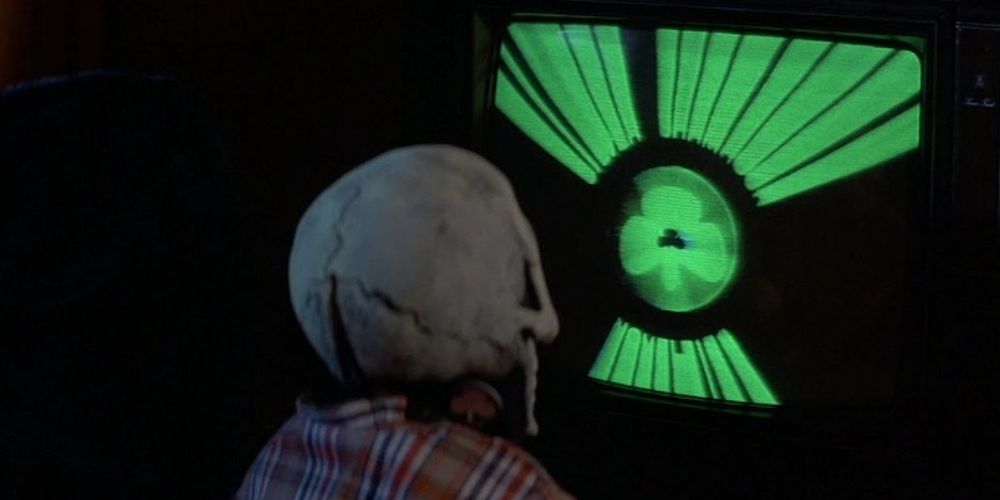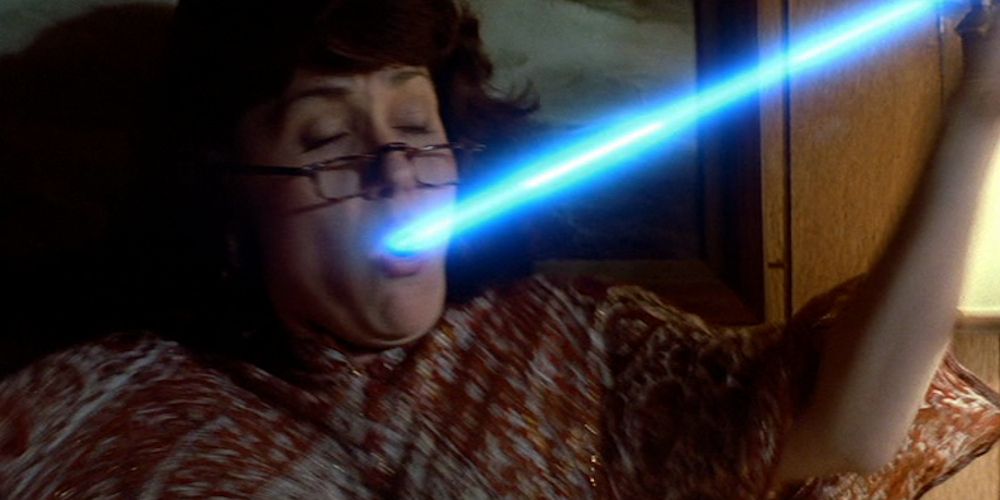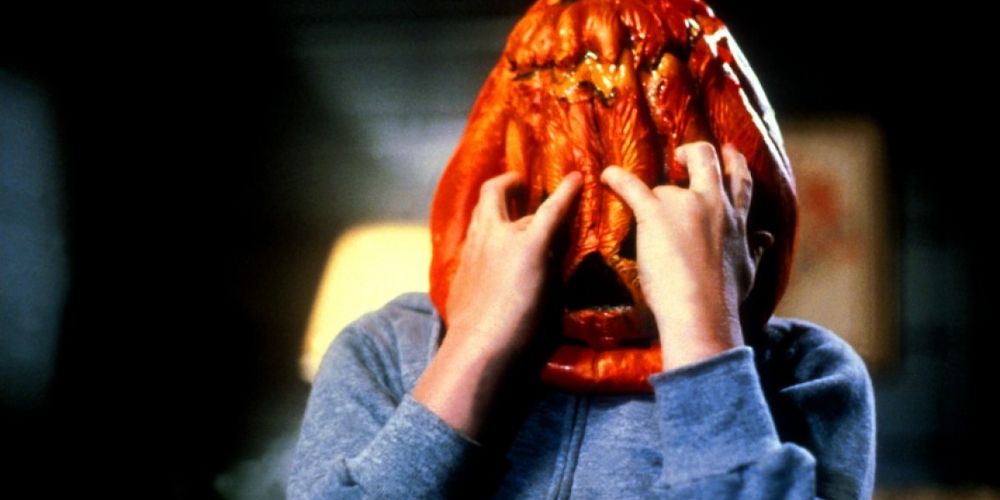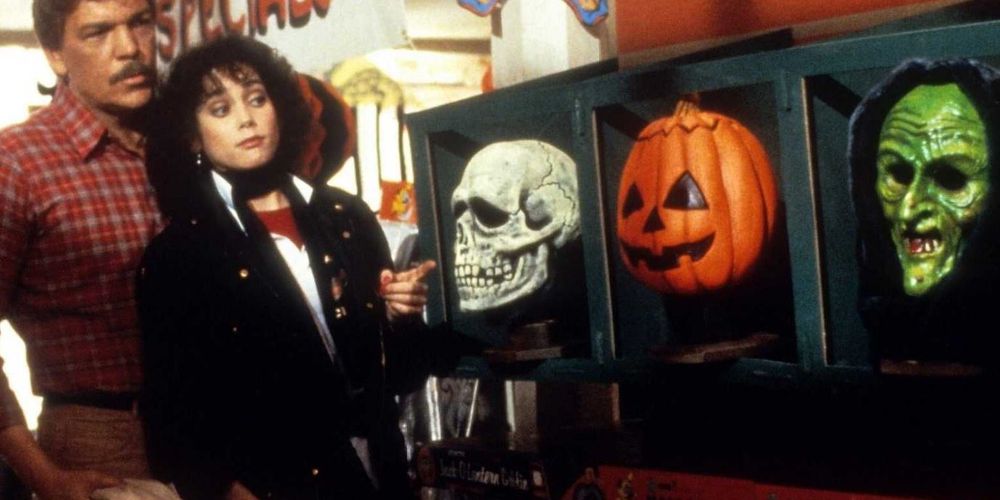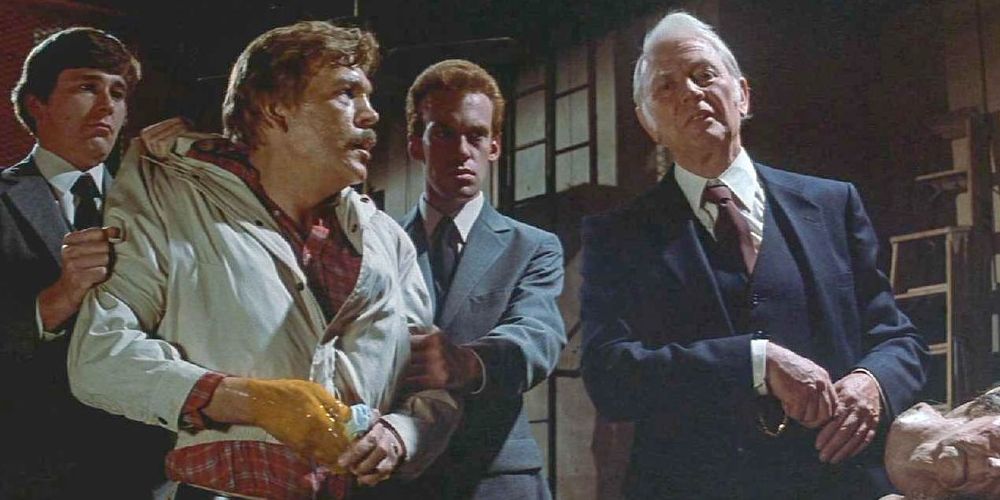The Halloween franchise is one of the most popular in horror. When John Carpenter's low-budget film about a masked man named Michael Myers who stalks Haddonfield, Illinois, on Halloween hit theatres, it terrified audiences and brought a new facet of horror movies into the mainstream: the slasher. Jamie Lee Curtis as the ultimate final girl, Laurie Strode, continues to strike a chord with moviegoers.
The 1978 original was followed up by a sequel in 1981. However, Carpenter and his collaborator, Debra Hill, never intended for Michael Myers's story to be revisited over and over again. Instead, they envisioned Halloween as an anthology series, with each stand-alone film focused around a different scary story that unfolds on Halloween.
From this idea, Halloween III: Season of the Witch was born. Released in 1982, it turned out to be a theatrical failure, but it has since developed a cult status. This list explores 5 reasons why Season of the Witch is underrated, as well as 5 that explain why it bombed at the box-office.
No: The Gore Is Often More Ridiculous Than Scary
While the rest of the Halloween films are straight-forward slasher fests that involve Michael Myers taking out his perceived enemies with various implements, Season of the Witch employs longer, more drawn out gore sequences.
From bugs erupting out of a quickly decomposing mask attached to a child's face to an extended scene involving the facial mutilation of a shop owner, Halloween III is full of the type of carnage that feels outrageous and excessive. Some fans are impressed with the body horror effects brought to life on the screen, but other moviegoers found these scenes tedious and gross.
Yes: It Subverts The Slasher Genre
Even though there are points against the film from the way it presents violence, a way that differs from the slasher vibes that precede it in the franchise, Season of the Witch actually subverts slasher tropes in exciting ways. Instead of a crazed serial killer slicing up scantily-clad co-eds, this film employs a witchcraft theme, imbuing it with eerie atmospherics.
The main plot of the film involves Silver Shamrock Novelties, a local mask-making empire owned by Conal Cochran. When Dr. Dan Challis travels to Silver Shamrock headquarters in California, he finds out Cochran is an occultist who is placing fragments of mystical rocks from Stonehedge into each of his masks. When children wear their masks on Halloween, the rocks' powers will be activated by a special commercial Cochran plans to play, killing the children and resurrecting all the witchy spirits that guide him.
No: There's An Unnecessary Love Story
Dr. Dan Challis, played by Tom Atkins, stumbles into the world of Silver Shamrock after an older man is brought into his ER gripping one of the company's Halloween masks. The man, Harry, is murdered in his hospital room that night, and his daughter, Ellie, approaches Dr. Challis a few days later to get his help figuring out what happened to her father.
Ellie travels to California with Dr. Challis, and she develops a romantic relationship with the much older man that feels completely out of place and avoidable within the context of the movie. The romantic bond between them does little to raise the tension once Cochran's plan begins to reveal itself.
Yes: John Carpenter Produced The Score
Carpenter is a seasoned composer known for creating the iconic Halloween theme song on a piano. His climatic and airy tunes add creepy moods and contexts to the films they are a part of it, and this holds true with Season of the Witch. Carpenter worked with long-time collaborator Alan Howarth on the film's score.
Avoiding symphonic pieces, as he did with the two previous Halloween films, Carpenter relied on electronic music in Halloween III, employing a synthesizer while drafting songs along to images from the film. The music attempts to amp up the audience, often leading to fake startles that confuse expectations once the real scares arrive. The pair also composed the child's song repeated over and over again via the Silver Shamrock commercials that play throughout the film.
No: It Steals Plot Points From Other Movies
Taking queues from esoteric and Pagan horror films like The Wicker Man and applying body horror techniques straight from 1970s Italian cinema, Season of the Witch sometimes feels like a poorly constructed collage of all the better genre films that came before it.
Some fans enjoy the nods to other features, while others find it derivative and confusing. Cochran, played by Dan O'Herlihy, feels like the kind of mad scientist you'd see acting alongside Bela Lugosi circa 1938. All these different, moving parts don't always come together in clever ways.
Yes: It Satirizes Consumer Culture
One of the best choices Season of the Witch makes is to feature masks targeted at children and disseminated through television commercials. The film features many scenes that involve entranced tikes starring into their tubes, allured by the Silver Shamrock message.
Silver Shamrock masks fill stores everywhere, and its California factory has provided the residents around it with wealth and prosperity. The movie toys with a peculiar question: who cares if the product is secretly designed to kill anyone wearing it, as long as a few folks can make a buck?
No: It Suffers From A Small Budget
The ambitious script and special effects required to tell the story presented in Season of the Witch properly required a lot more than its allotted $2.5 million, even by 1982 standards. The magical forces at play within Cochran's masks are animated through neon blue bolts of light that have not aged well.
Tommy Lee Wallace, who worked special effects, directed the film. After the studio requested changes to award-winning science fiction writer Nigel Kneale's script, Kneale backed out of the project and Wallace was left to revamp the script on his own.
Yes: Latex Maverick Don Post Designed The Movie's Masks
Don Post's Post Studio is responsible for the infamous mask worn by Michael Myers, a repainted and reworked Captain Kirk mask. For Halloween III, producers worked out a deal with Post: he designed the unique jack-o-lantern mask for the film while the skull and witch masks were adaptions of premade masks Post already sold.
This choice saved the producers money. The film would not be what it is without these iconic masks.
No: It's The Only Halloween Film Not To Feature Michael Myers
The major reason Season of the Witch bombed at the box office is because it doesn't feature Michael Myers. It turns out that by the third installment, Myers was too synonymous with Halloween to be kept out.
In Season of the Witch, the previous films are treated as fiction, and they are even referenced in a commercial that plays at the beginning. This choice made the feature a financial failure, and no other film attached to the franchise would be made without placing Michael Myers as its main antagonist.
Yes: Cochran Proves To Be The Ultimate Tricker
The confusing and haphazard plot in the film receives a lot of criticism, and Dan O'Herlihy as Cochran has unclear motivations. Shipping sacred stones from England to California doesn't seem very plausible, nor does taking out America's children. People often ask, why?
Cochran, though, is the villain without agency or motivation, and he's revealed to be an ancient evil entity whose only desire is to create mischief. As the tricker, Cochran proves that people often do bad things without any explanation. Instead of giving concrete explanations or backstories, Season of the Witch requires that its viewers accept the credo that anything is possible.

